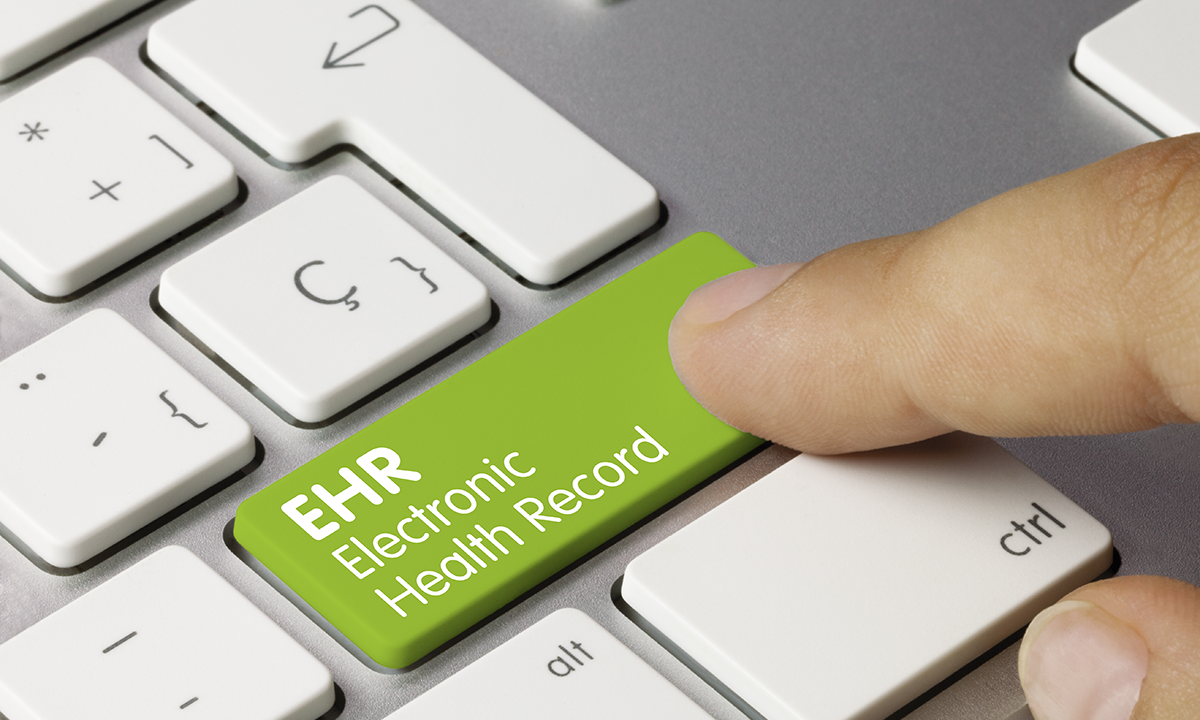
EHR Duplication: Native Form vs. Printed Copy
Physicians’ offices receive a large number of requests for copies of medical records from patients, their representatives, insurance carriers, attorneys, and other providers. Prior to the advent of electronic health records, someone in the office would respond to such requests by physically removing the pages from the medical records folder and placing them on a photocopier. Once the copies had been made, the duplicate set would be forwarded to the party making the request. Assuming that each page was copied (front and back), there was little room for error. In other words, the copies that the requesting party received were an exact duplicate of the physician’s records. That is sometimes not the case with today’s EHR systems.
Physicians and other healthcare providers make entries in the EHR based upon the information they are visualizing on the screen in front of them. “Physicians Notes,” “Nurses Notes,” etc. are in certain familiar locations depending on the system and format being used. Some healthcare providers assume that if a hard copy of the electronic medical records was printed, the image on the paper would appear the same way it does on the screen. However, this is not necessarily true in all cases. Some EHRs omit large portions of data when a hard copy is printed.
Because a printout of the EHR can sometimes differ significantly from the image that is on the monitor screen being viewed by the provider (native format), this can create problems and cause a record to be suspect when a patient or his/her representative or attorney requests a hard copy printout of the medical record. Practitioners and staff should be familiar with what information is and is not printable from the EHR. If a patient, representative, or attorney requests copies of the EHR, the hard copy should be reviewed to ensure it is complete and any discrepancies noted prior to forwarding the information to the patient, representative, or attorney.
Members with concerns regarding providing copies of records to patients or their attorney are encouraged to contact the SVMIC Claims Department at ContactSVMIC@svmic.com or 800.342.2239.
The contents of The Sentinel are intended for educational/informational purposes only and do not constitute legal advice. Policyholders are urged to consult with their personal attorney for legal advice, as specific legal requirements may vary from state to state and/or change over time.